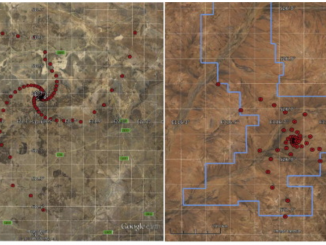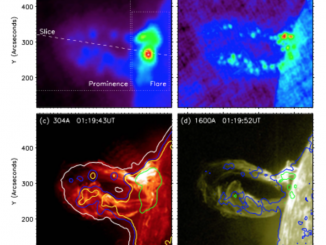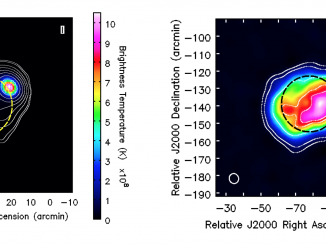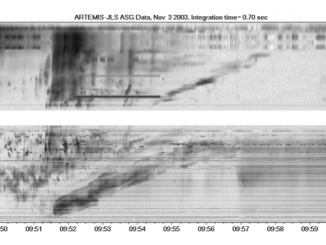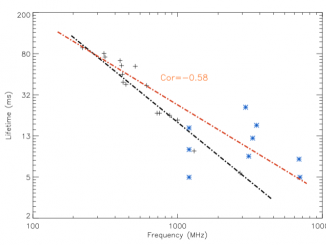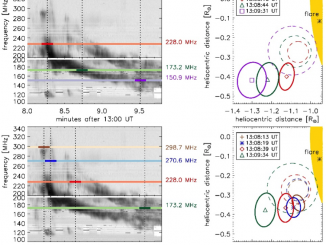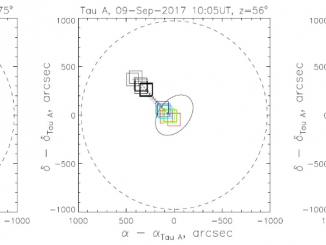Solar Physics with the Square Kilometre Array
by A. Nindos et al.*
Although solar physics is one of the most mature branches of astrophysics, the Sun confronts us with a large number of outstanding problems that are fundamental in nature. These problems include the determination of the structure and dynamics of the solar atmosphere, the magnetic field evolution in the chromosphere and corona, coronal heating, the physics of impulsive energy release, energetic particle acceleration and transport, the physics of coronal mass ejections […]

